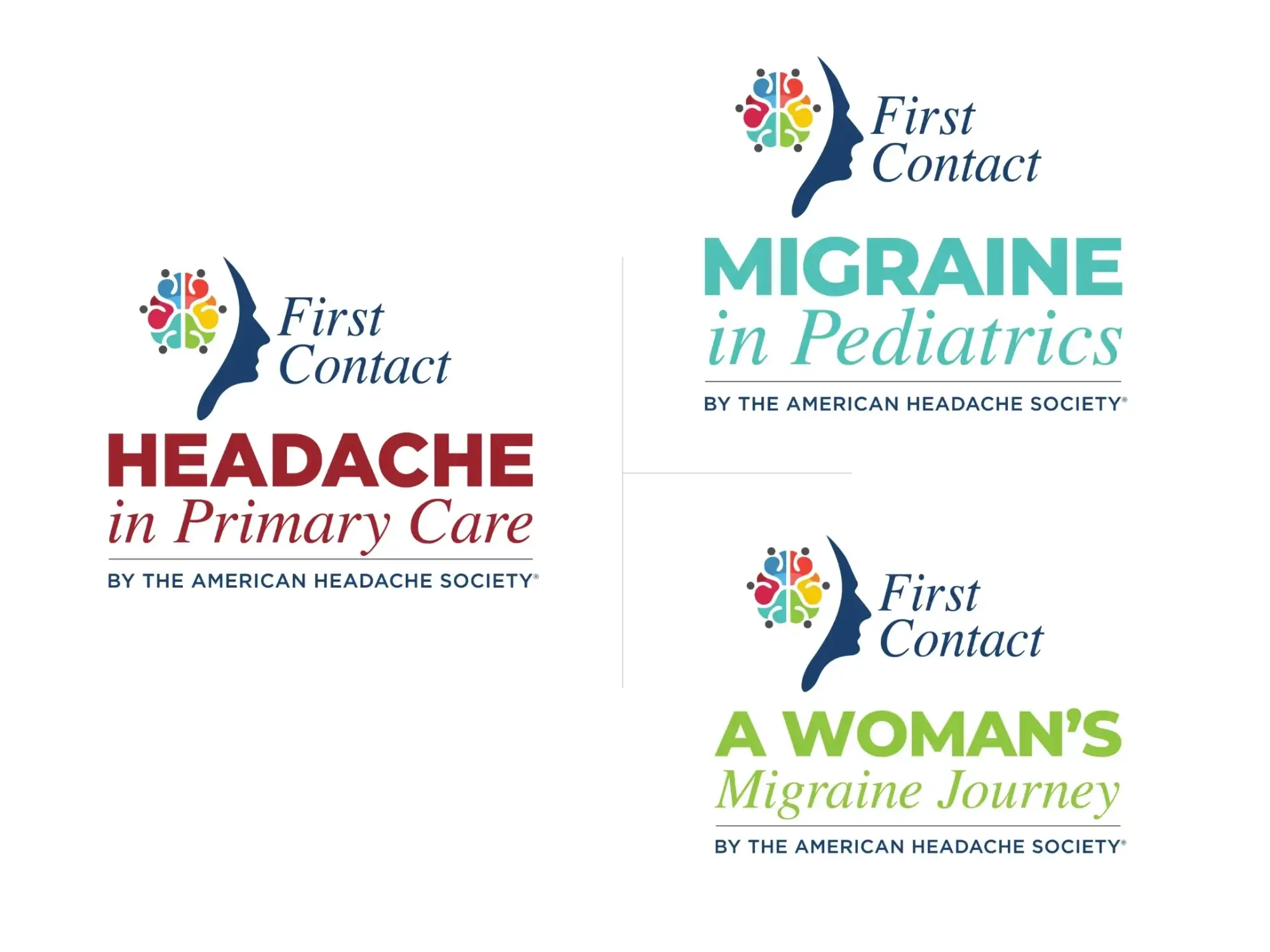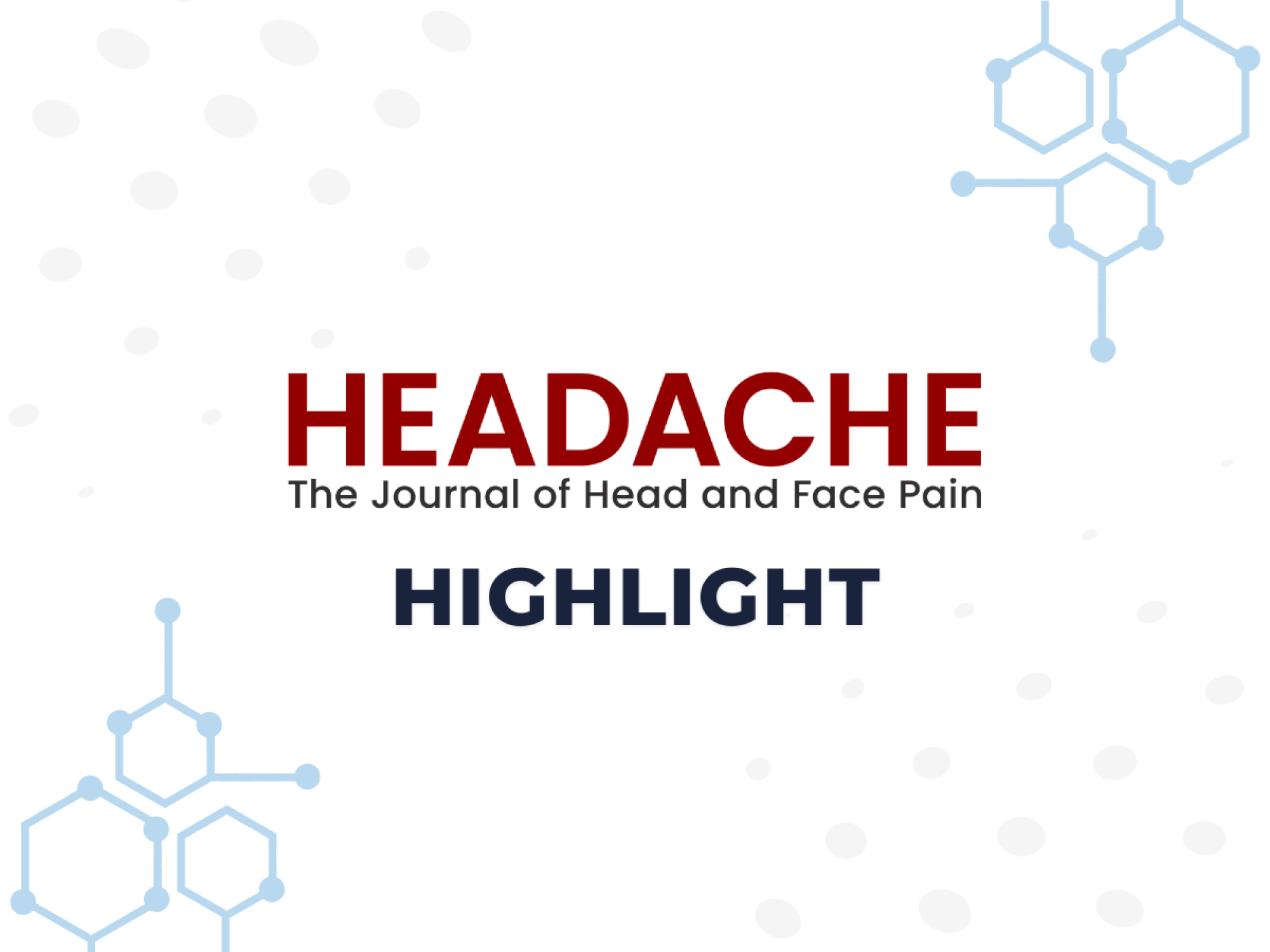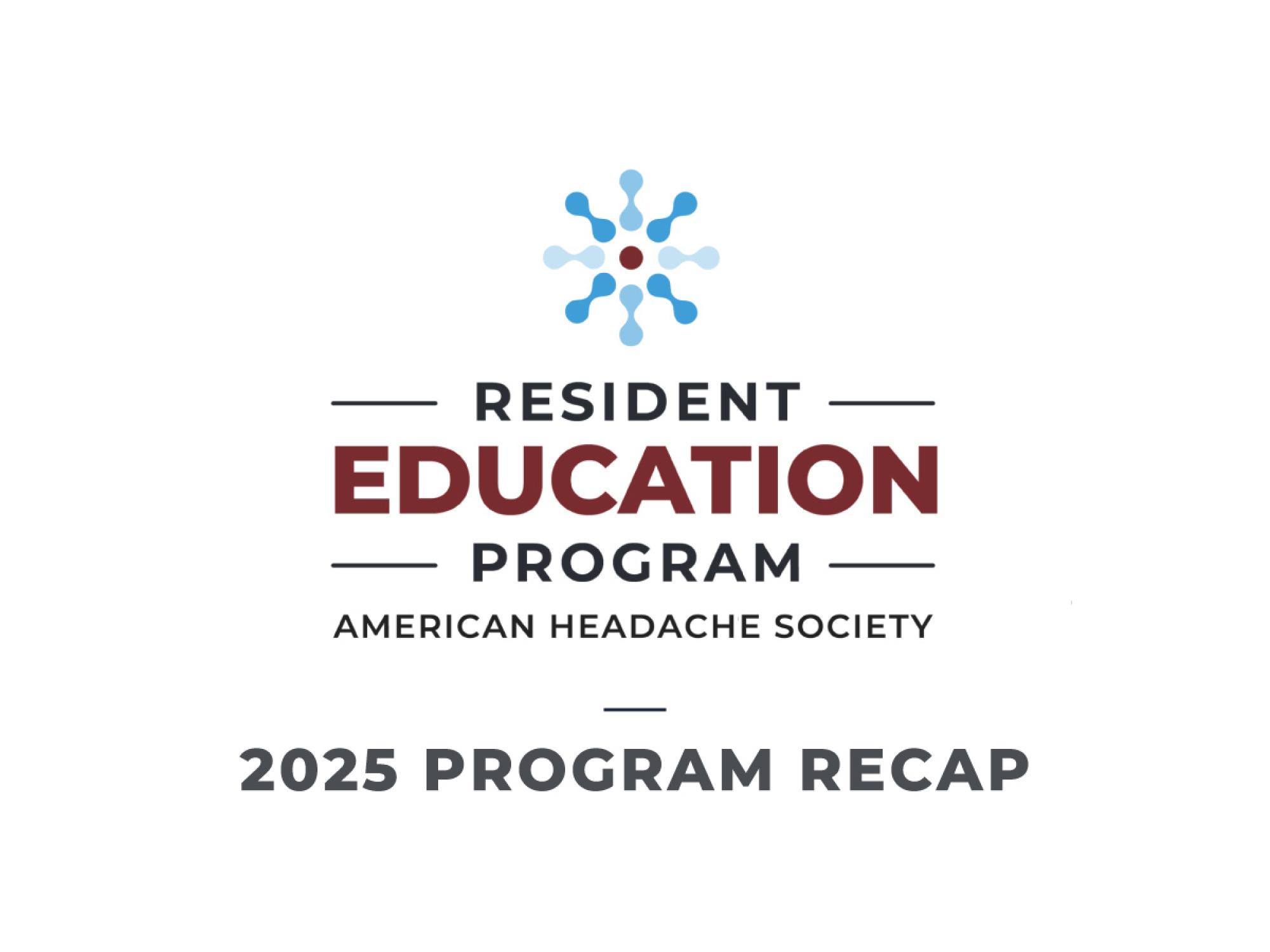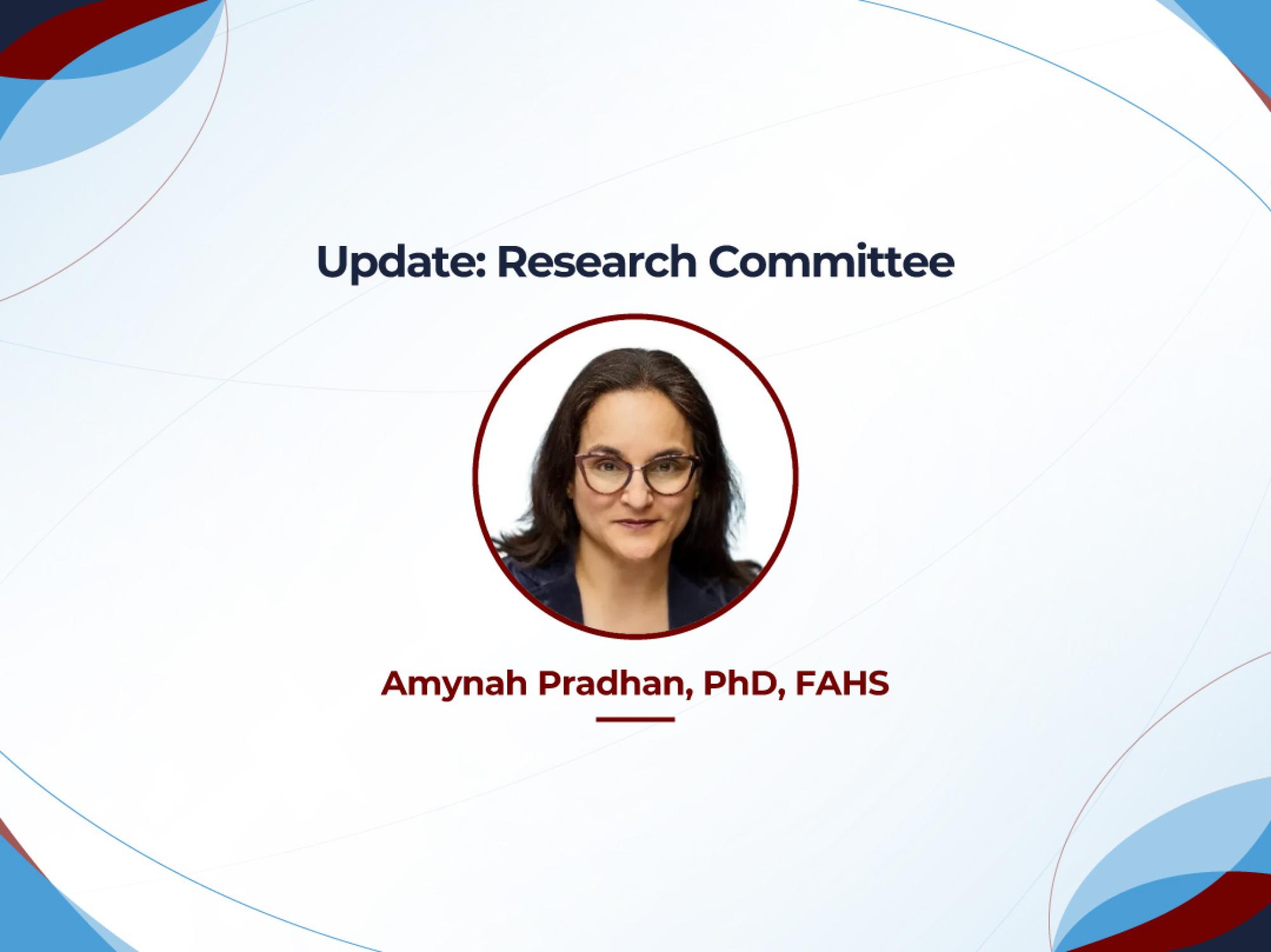Primary Care Resources
Practical tools to diagnose and manage headache and migraine in primary care, brought to you by the AHS program, First Contact - Headache in Primary Care.

Flagship Presentations
Expert-led, one-hour programs tailored to your audience. Choose from Headache in Primary Care, A Woman’s Migraine Journey, or Migraine in Pediatrics.
Migraine Flowchart
A practical guide for managing migraine, with steps to evaluate acute cases and rule out serious secondary causes.
Patient Guides
Clear, downloadable resources developed with the American Migraine Foundation to help patients navigate migraine care with confidence.
First Contact - Headache in Primary Care
Browse a variety of free resources like quick guides, patient handouts, and topic deep-dives to help you evaluate, diagnose, and manage headache in primary care. Resources are curated by leaders in headache medicine and designed for family physicians, internists, OBGYNs, pediatricians, PAs, NPs, and other allied healthcare providers.
All resources are curated by leaders in headache medicine. We encourage providers in all stages of their careers to utilize our programming and educational tools to improve patient care and develop expertise in the field of headache medicine.

Bring Headache and Migraine Education to Your Institution
Our one-hour flagship presentation equips primary care teams with practical approaches to diagnosing and treating headache and migraine. Watch on demand or invite our expert faculty to present live—speakers, slides, and optional Zoom hosting included. After the session, your team can access a growing library of clinical tools tailored for primary care.

Our Mission
The First Contact program delivers expert-led, accessible education that equips Primary Care Clinicians and all non-headache specialists to better diagnose and treat headache disorders. The program serves as a trusted resource that helps increase clinician confidence and improves patient care from the point of first contact.
Migraine Quick Guides
Explore key information on the diagnosis and management of migraine and other headache disorders including acute and preventive treatment, navigating work up, behavioral treatment, and more.

Migraine Management Flowchart
This algorithm addresses the management of migraine, including for patients in acute care settings. In acute care settings, the likelihood of a severe headache being caused by an alternative and sometimes life-threatening condition is significant. Careful evaluation may be necessary before concluding the headache is due to migraine.

Patient Guides
We partnered with the American Migraine Foundation (AMF) to make these downloadable, doctor-verified patient guides available to our community. Browse our selection of guides and download them with ease.

Headache Topics
Explore key information on the diagnosis and management of migraine and other headache disorders including acute and preventive treatment, navigating work up, behavioral treatment, pediatric migraine, and more.
Diagnosing Migraine
Navigating Work Up
Neuromodulation Treatment for Migraine
Acute Treatment for Migraine
Preventive Migraine Treatment
Behavioral Treatment for Migraine
Lifestyle Modification for Migraine
Medication Overuse Headache
Migraine With Aura
Vestibular Migraine
Pediatric Migraine
Migraine in Adolescent Patients
Migraine, Contraception, & Menstrual Cycle
Migraine, Pregnancy, & Lactation
Migraine in the Elderly
Podcasts
The First Contact podcast breaks down topics in headache medicine for healthcare professionals seeing patients with migraine and other headache disorders.

What Primary Care Providers Should Know About Newer Migraine Medications
In recent years, many new medications have been developed and approved for the treatment of headache and migraine disorders. Dr. Claire Sandoe and Dr. Michael J. Marmura review each of these new agents to help primary care providers feel comfortable incorporating them into their treatment plan.

Navigating Emergency Treatment for Patients With Migraine
When migraine or headache pain is at its peak and usual treatments aren’t effective, patients often turn to the emergency department for relief. In this episode, Dr. Benjamin W. Friedman discusses headache red flags that warrant referring to the ED, treatments that are administered to patients with migraine in the ED and more.

Examining the Link Between Dental Pain, Orofacial Pain and Migraine
Whether or not a patient has been diagnosed with migraine, it can be difficult to determine if orofacial pain needs attention from a dentist or orofacial pain specialist. What type of doctor should someone with orofacial pain see? How do you distinguish orofacial pain from migraine? Dr. Marcela Romero-Reyes answers these questions and more.

A Closer Look Into the Visual Symptoms of Migraine
Approximately 33% of patients with migraine experience fully reversible visual (most common), sensory, or other central nervous system symptoms—known as aura—prior to or during migraine attacks. Get answers to common questions about migraine aura from Dr. Kathleen B. Digre.
Recent Research
Explore the latest advancements in Headache Medicine research.

State of the Art in Migraine Management
The American Headache Society’s response to the 2025 ACP migraine prevention guideline underscores the importance of real-world outcomes, clinical experience, and individualized care. The statement highlights why safe, effective treatment decisions must prioritize patient needs, not just medication cost.

CGRP Therapies as a First-Line Option in Migraine Care
The American Headache Society’s 2023 position statement on CGRP-targeting therapies marked a pivotal shift in migraine prevention. Backed by over 150 studies, the update supports these treatments as first-line options and highlights the importance of expanding patient access and informed decision-making.

Using Thecal Sac Volume to Diagnose Spontaneous Intracranial Hypotension
A new study from Headache explores how MRI analysis of thecal sac volume may help diagnose spontaneous intracranial hypotension (SIH). Researchers found larger sac volumes in patients with SIH, highlighting potential imaging biomarkers and underscoring the need for continued research and clinical curiosity.

A New Study Exposes the Gaps in Menstrual Migraine and Care
A new study highlights gaps in menstrual migraine diagnosis and treatment. While physicians see attacks as more severe, preventive care is underused. Cycle tracking and thorough history-taking are key to improving patient outcomes.
Recent News
Explore timely articles to stay up to date on the most effective diagnosis and management tools in headache and migraine care.

Find Your 2025 Headache Medicine Rotation
The American Headache Society connects medical students with clinical rotations focused on headache medicine. These programs provide hands-on experience in patient evaluation, diagnosis, and treatment while supporting early interest in the field. Explore available rotations and application details through AHS.

2025 Resident Education Program Recap
The 2025 Resident Education Program brought adult and pediatric neurology residents together in Los Angeles for expert-led sessions, hands-on workshops, and interactive discussions. The program provided a comprehensive foundation in headache medicine while fostering collaboration and mentorship among future specialists.

The Research Committee is Advancing Headache Science and Supporting Emerging Researchers
The AHS Research Committee is shaping the future of headache research through grants, mentorship, and partnerships. Learn how members are collaborating, exploring discoveries, and supporting the next generation of investigators to improve patient care.

2025 Scottsdale Headache Symposium Award Recipients
The American Headache Society proudly recognizes the recipients of the 2025 Scottsdale Headache Symposium® Awards. These honorees exemplify excellence in clinical care, research, and leadership, advancing the mission of AHS to improve the lives of people living with headache and migraine.
Videos
Access informative videos on effective headache and migraine diagnosis and management in primary care.

20 Common Migraine Myths Webinar
In this educational webinar, Adam Sprouse Blum, MD, debunks 20 common migraine myths. Tune in for a discussion on migraine myths and solutions to counteract these misconceptions.

Migraine in Pregnancy Webinar
In this educational webinar, Rebecca Burch, MD, FAHS, talks about the risks women with migraine can face during pregnancy and lactation, how to screen for new headache and which types of medications are safe for health care practitioners to incorporate in their treatment plans.

Menstrual Migraine Webinar
Tune in as Professor Anne MacGregor, MB, BS, MD, MSc, FFSRH, discusses the association between menstrual migraine and a woman’s menstrual cycle, in addition to the best treatment strategies for patients who experience this migraine variant.

Migraine in Pediatrics Webinar
Tune in as Lauren Doyle Strauss, DO, FAHS, and Jessica R. Gautreaux, MD, talk about the types of questions health care practitioners should ask young patients if they suspect pediatric migraine. They also discuss ways to involve children in discussions with their parents to create the best treatment plan.
Additional Resources
Treating Pediatric Headache
What physicians should think about when treating pediatric migraine.
Watch VideoAmerican Academy of Neurology Practice Guidelines
Access clinical practice guidelines to help make decisions on the diagnosis and treatment of neurological diseases.
Learn MoreAHS Position Statement on Integrating New Treatments into Clinical Practice
To provide healthcare professionals with updated guidance in the use of novel preventive and acute treatments for migraine in adults.
Learn MoreIn-person CME Presentations
Attendees should refer to their individual program courses available via Education On Demand for important information including disclosures, course evaluations, and to claim CME. Please refer to the QR code in your presentation deck to access the program course directly.
Access Education On Demand